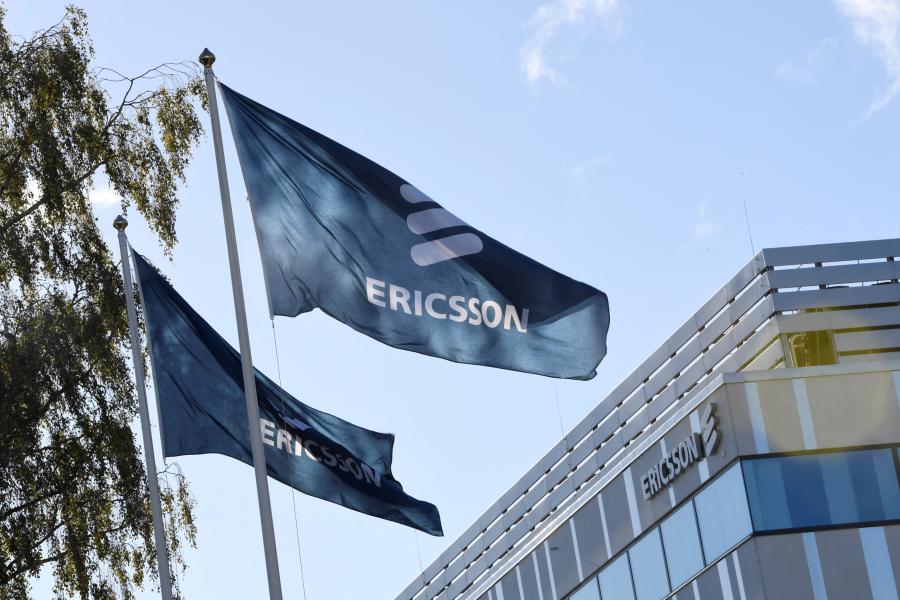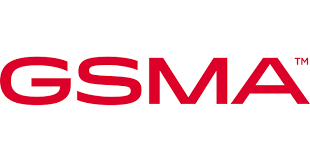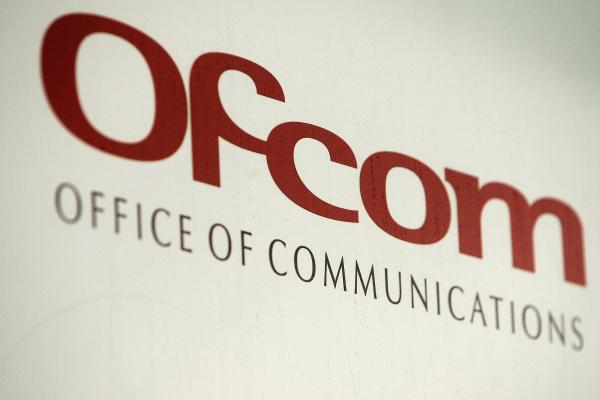Written by Ericsson

The potential of E-band to fulfill the backhaul capacity needs of most 5G deployments beyond 2030 is among the key topics of the Microwave Outlook 2023 report out today. The 10th edition of this industry report from Ericsson also looks at the latest innovations in antenna designs and how AI and automation can lower operational costs of transport networks.
E-band spectrum (radio frequencies from 71 GHz to 86 GHz) can meet the backhaul capacity needs of most 5G sites up to 2030 and beyond, being already open for deployment in countries where 90 percent of the world’s population live, according to the report. The projection is supported by a simulation of backhaul networks from three European cities with different densities of E-band links.
The report also shows the trend of a gradual increase in the share of fiber-connected installed sites vis-à-vis those connected with microwave solutions, reaching a 50/50 split by 2030. Microwave solutions will be the main connectivity option where fiber is unavailable, and the preferred solution in rural areas where fiber investments can be challenging.
Innovation is in focus with the report looking at how new antenna designs enable better use of required spectrum in dense networks, lower spectrum costs and improve performance. For example, *0.9 meter sway compensation antennas provide 80 percent longer hops than 0.3 m regular antennas. The value of other antenna innovations such as muti-band and water-repellent radomes is also highlighted.









